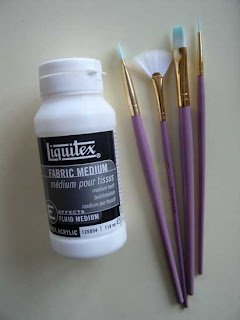The
Proust Questionnaire is a self-discovery tool that can help you to define your tastes and your personality.
As an artist, it coud help you in various ways: find subjects you like, make your artist statement more personal, get ready for future interviews and even help you shape the business side of your art practice.
Marcel Proust was a French novelist best known for his series of novels “À la recherche du temps perdu” (In Search of Lost Time), published in seven parts between 1913 and 1927.
The Proust Questionnaire was made famous (and therefore get its name) to the responses given by Marcel Proust. He actually answered the questions several times during his life.
The questionnaire will be more useful if, after answering each question, you also ask yourself: “Why?” Be honest with yourself. You don’t have to share the answers with anyone if you don’t want to.
Here are the questions.
Your most marked characteristic?
The quality you most like in a man?
The quality you most like in a woman?
What do you most value in your friends?
What is your principle defect?
What is your favourite occupation?
What is your dream of happiness?
What to your mind would be the greatest of misfortunes?
What would you like to be?
In what country would you like to live?
What is your favourite colour?
What is your favourite flower?
What is your favourite bird?
Who are your favourite prose writers?
Who are your favourite poets?
Who is your favourite hero of fiction?
Who are your favourite heroines of fiction?
Who are your favourite composers?
Who are your favorite painters?
Who are your heroes in real life?
Who are your favourite heroines of history?
What are your favourite names?
What is it you most dislike?
What historical figures do you most despise?
What event in military history do you most admire?
What reform do you most admire?
What natural gift would you most like to possess?
How would you like to die?
What is your present state of mind?
To what faults do you feel most indulgent?
What is your motto?
Related articles and resources
It’s time to interview you.
Marcel Proust Proust questionnaire Artist Statement Art interview Art business Art marketing


































